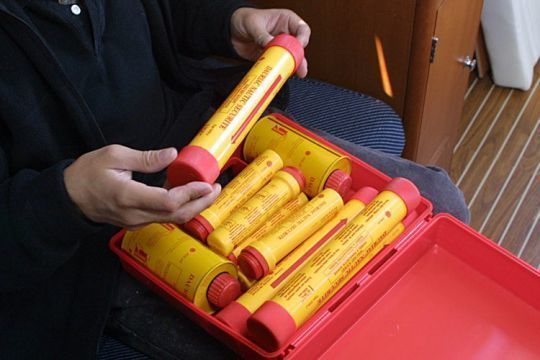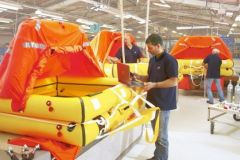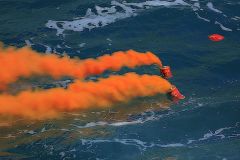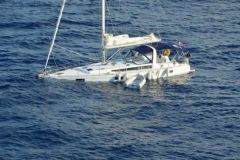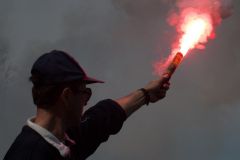Every year, nearly 300,000 distress devices are placed on the French market. Compulsory to ensure the safety of yachtsmen and professionals at sea, these devices have a limited lifespan. But what happens to them once they've expired? All too often, their end-of-life cannot be traced, as PYRéO General Manager Jennifer Cornet confirms:
"In 2024, nearly 57% of pyrotechnic purchases resulted in the return of expired equipment, a figure that has been rising steadily since the scheme was introduced. But we need to better understand the end-of-life path of expired distress devices."
Understanding usage for better collection
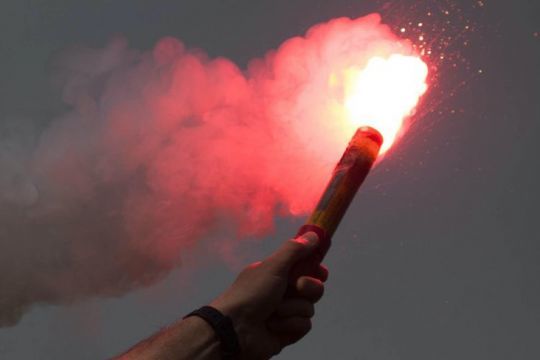
The study, piloted by Inddigo, aims to analyze the behavior of the various publics involved: yachtsmen, professionals, chandleries, service stations, harbormasters' offices and local authorities. Several themes will be examined:
- Volumes stored at users' premises or at technical points,
- Storage practices and possible festive or dangerous detour,
- Logistical and psychological obstacles to voluntary depot,
- Flows generated by raft revision stations.
Over the next six months, all this data will feed into a regional strategy to reinforce collection points and raise awareness.
A still-developing sector
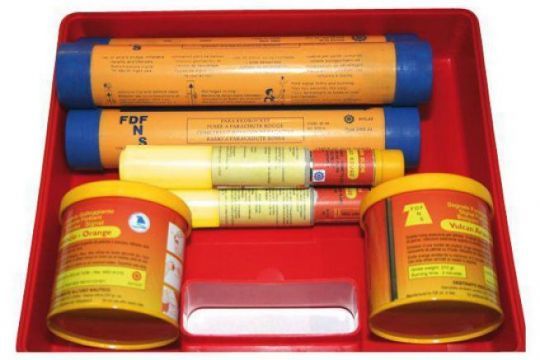
Created in 2015 by the Fédération des Industries Nautiques, PYRéO is the eco-organization in charge of the end-of-life channel for pyrotechnic distress signals. Approved by the French Ministry of Ecological Transition, it offers free drop-offs in chandlery stores and organizes regular collections throughout the country. In 2024, 43.2 tons of pyrotechnic products were processed via specific incinerations in compliance with environmental standards.
Despite these efforts, many machines still escape the industry's grasp: left in trunks, thrown away in household garbage or used in inappropriate contexts. The aim of this survey is to decipher the "blind spots" in this sector and anticipate the levers that can be used to boost it.
Towards a reinforced strategy

At a time when European regulations are pushing for greater responsibility on the part of marketers, the nautical pyrotechnics sector needs to become more visible and efficient. This national survey is therefore a key step towards better structuring the ecosystem around a common imperative: maritime safety and environmental protection.
To take part in the survey or find out more about how to collect data, go to : www.pyreo.fr

 /
/ 